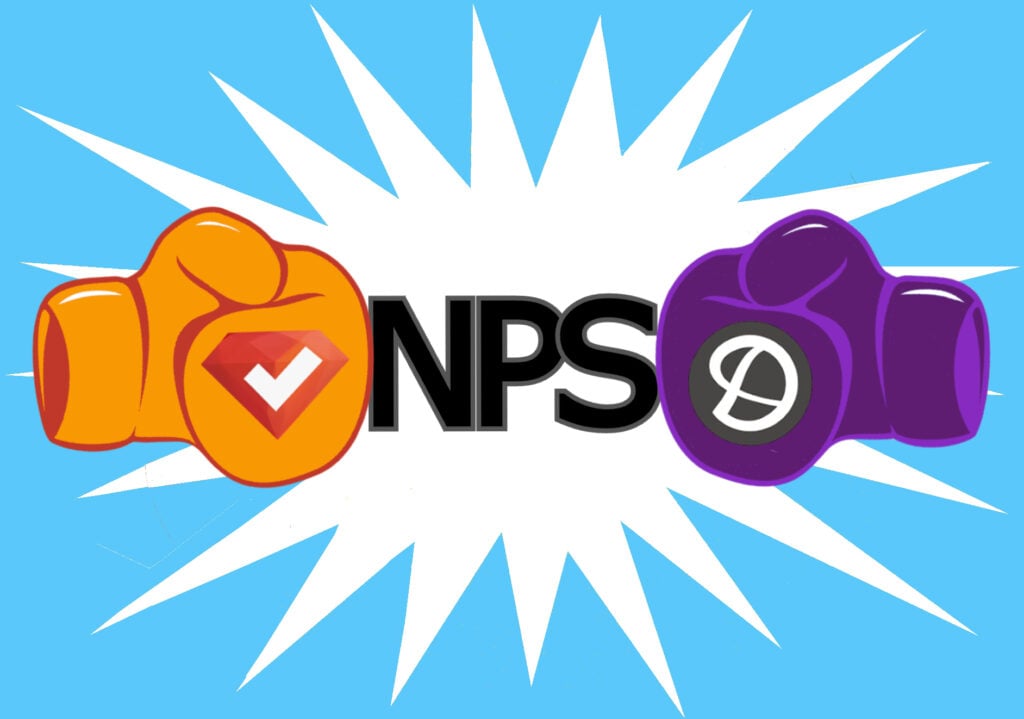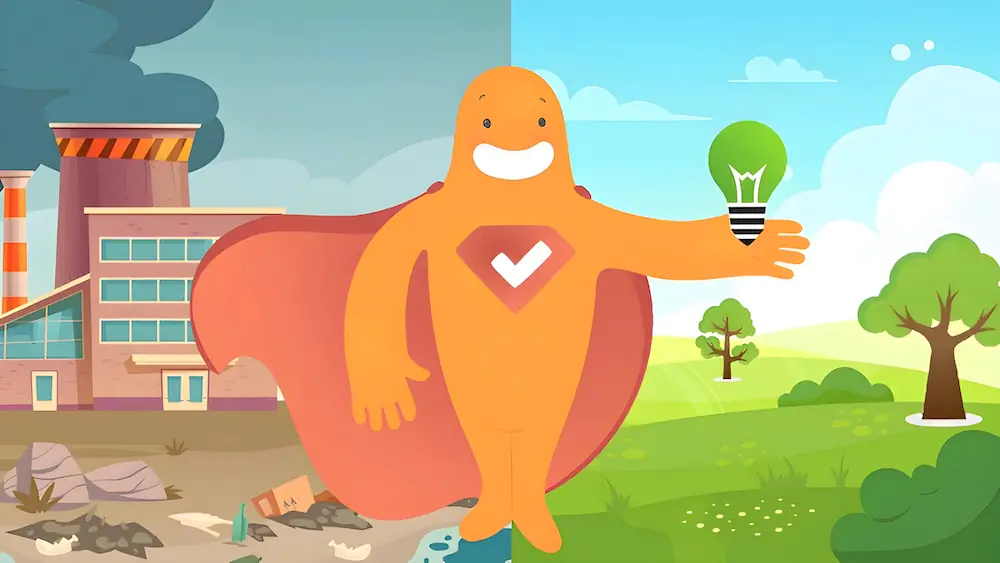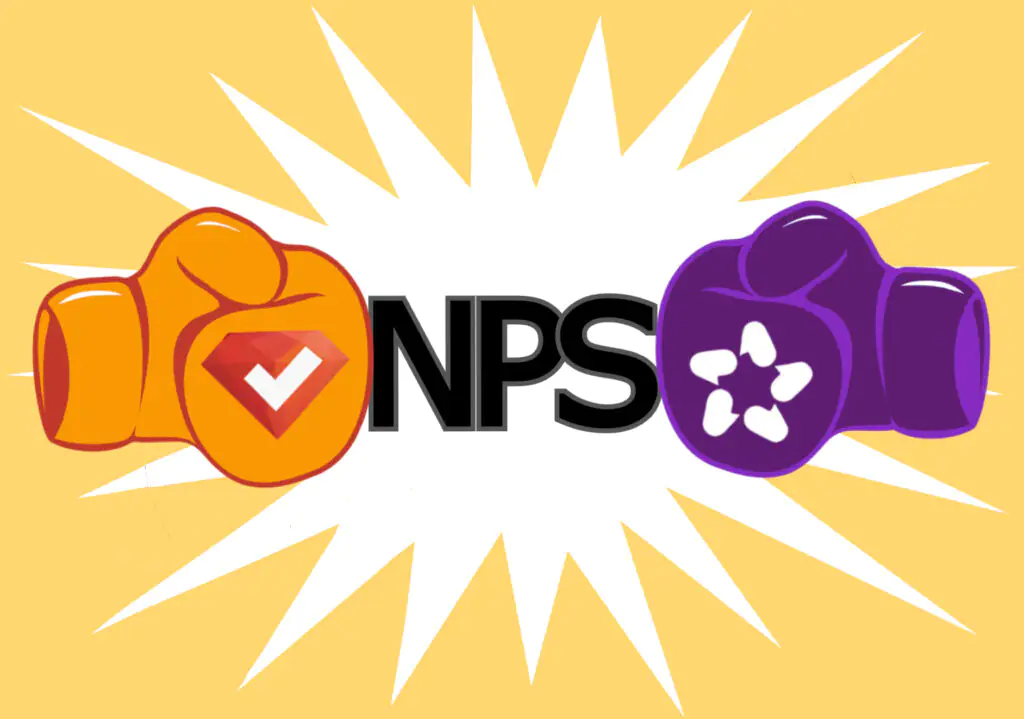Webinars continue to fuel successful marketing initiatives and learning platforms. But not all webinars are created equal. If you’ve attended a virtual event in the past – and it’s 2024, most of us have – you’ve probably experience some highly engaging ones and some deadly dull ones. How can marketers and educators make sure their webinars are the best they can be? By creating webinar surveys – ideally, creating them before the online event begins and after it ends. In this blog, we’ll look at the purpose of a webinar survey and how to create one.
Create Your FREE Webinar Survey Now!
What Makes a Good Webinar?
Before we dive into webinar surveys, let’s consider what makes a good webinar in the first place. Successful webinars are characterized by a careful balance of engaging content, interactive delivery, and seamless technical execution.
Content
Firstly, the content should be designed to address the audience’s needs and interests. It needs to be relevant, informative, and structured in a logical flow that keeps participants engaged from start to finish. Whether it’s a tutorial on a new software tool or an expert panel discussion on industry trends, the content should provide value and actionable insights that attendees can apply in their professional or personal lives.
Presenter
Additionally, a knowledgeable and charismatic presenter plays an important role in delivering the content effectively. A skilled presenter not only has expertise in the subject matter but also has the ability to engage the audience through compelling storytelling, engaging visuals, and interactive elements.
Interactivity
The presenter should also try to incorporate interactivity into the webinar. This could mean including live polls, Q&A sessions, and so on. This takes the webinar from a passive (and potentially boring) viewing experience into dynamic and collaborative interactive experience.
Technical Aspects
Lastly, ensuring the technical reliability of the webinar platform is essential. You’ve probably attended a webinar where the connection was poor, the audio didn’t work, or the visuals couldn’t be seen. This makes for a very bad experience. So, be sure you always have a well-executed technical setup to minimize distractions and frustrations.
Webinar Statistics To Consider
Webinars continue to be popular across industries. Here’s a few statistics to keep in mind if you’re on the fence about hosting a webinar.
- The average attendance rate for webinars is around 40-50%, significantly higher than the average attendance rate for in-person events, which typically ranges from 20-30%. (ON24 Webinar Platform)
- The popularity of webinars continues to grow, with 61% of marketers using webinars as part of their content marketing strategies, and 79% of respondents stating that they consider webinars as one of the most effective marketing tactics. (ClickMeeting Webinars)
- Webinars are effective lead generation tools, generating an average of 25-40% registration-to-attendance rates and an average of 2-5% conversion rates for attendees into qualified leads. (GoToWebinar)
- Webinars offer a global reach, allowing organizations to connect with audiences worldwide. Today, 40% of webinar attendees come from North America, 25% from Europe, 25% from Asia-Pacific, and the remaining 10% from other regions. (BrightTALK Online Events)
Pre & Post Webinar Surveys
When creating a webinar survey, you should consider conducting both a pre-webinar survey and a post-webinar survey.
The pre-webinar survey helps you understand participants’ expectations, interests, and knowledge level in advance. This can help you tailor the content and structure of the webinar to better meet the needs and preferences of the audience. Pre-webinar surveys can also gather logistical information, such as preferred topics, time availability, or specific questions participants want addressed during the webinar.
The post-webinar survey is done at the conclusion of the virtual event. It provides insights into the effectiveness of the webinar content, presenter delivery, and overall satisfaction with the experience. Post-webinar surveys can also identify areas for improvement and help refine future webinar offerings based on participants’ feedback. Finally, a good post-webinar survey can gauge the impact of the webinar on participants’ knowledge, skills, or attitudes and measure the success of achieving the webinar’s objectives.
Create Your FREE Webinar Survey Now!
Pre-Webinar Survey Questions To Ask
The pre-webinar survey is more simple in nature, so let’s start there. First, you’ll want to ask some demographic questions to better understand your audience. Some of the most important demographics you may want to collect include:
- What industry do you work in?
- How many years have you been in the industry?
- How would you describe your competency level?
You then should ask about their experience with webinars. For example:
- Have you ever attended a webinar?
- Is your setup equipped to watch the webinar? (Internet, audio, video, etc).
- Will you need technical assistance before the webinar begins?
From there, you should ask about their expectations:
- What do you hope to gain from this webinar?
- How long do you expect this webinar to last?
- What types of questions would you like the presenter to answer?
Post-Webinar Survey Questions To Ask
Now, let’s look at what types of survey questions you might consider after the virtual event has concluded.
Overall Satisfaction
- How satisfied were you with the webinar?
- Would you recommend this webinar to others?
- Did the webinar start and end on time?
Content and Topics
- Did the webinar content meet your expectations?
- Was the information presented clearly and effectively?
- Did you find the content relevant to your needs?
Presenter(s)
- How would you rate the presenter’s knowledge of the topic?
- Did the presenter engage you effectively?
- Did the presenter speak clearly and at an appropriate pace?
Organization and Flow
- Was the webinar well-organized?
- Did the webinar flow smoothly from one topic to another?
- Were the key points summarized effectively?
Technical Quality
- How would you rate the audio/video quality of the webinar?
- Did you experience any technical difficulties during the webinar?
- Were you able to access the recording of the event after it concluded?
Interactivity
- Did you find the interactive elements (e.g., polls, Q&A sessions) engaging?
- Did you have an opportunity to ask questions and interact with the presenter?
- Were your questions answered to your satisfaction?
Improvements
- What aspects of the webinar could be improved?
- Do you have any suggestions for future topics or speakers?
- Was the length of the webinar to your satisfaction?
It’s important to balance quantitative and qualitative feedback, so include a variety of types of survey questions. Include a mix of quantitative questions (e.g., rating scales) and qualitative questions (e.g., open-ended questions) to gather both numerical data and detailed insights. Why? Quantitative data helps you measure satisfaction levels, while qualitative feedback provides deeper insights and context.
By asking a combination of these types of questions, you can gather valuable insights into participants’ experiences and preferences, which can help you improve future webinars and better meet the needs of your audience.
Conclusion
Creating a good webinar survey involves careful planning and consideration. You need to define your objective, identify your audience, choose your survey tool, craft and organize your survey questions, distribute your survey, analyze the results, and then act on those results.
Happily, SurveyLegend makes it easy. Our user-friendly online survey platform allows you to create beautiful, engaging surveys with a variety of types of survey questions, including our popular image-based questions. We also provide robust analytics, making it simple to identify trends and patterns in responses. This way, you can make informed decisions and improvements for future webinars based on feedback. Get started today for free!
Have you hosted or participated in a webinar before? Was a follow-up survey included in the virtual event? How effective was it? Let us know in the comments.
Create Your FREE Webinar Survey Now!
Frequently Asked Questions (FAQs)
The first webinar (a combination of “web” and “seminar”) is believed to have been held by a group of researchers from the Xerox Corporation in 1994.
Webinars often fail due to poor planning and execution, lacking engaging content or interactivity. Additionally, technical issues such as poor audio or video quality can deter participants and hinder the overall success of the event.
A successful webinar is characterized by engaging content that addresses the needs and interests of the audience, delivered in a clear and organized manner. Effective interaction with participants, whether through polls, Q&A sessions, or chat features, also helps ensure that attendees get value from the experience.





